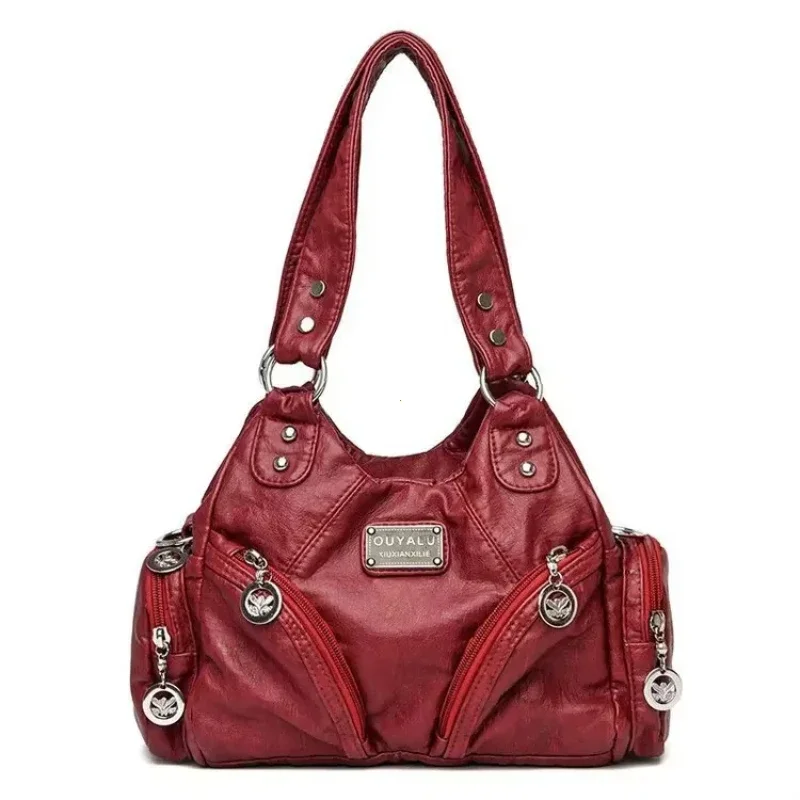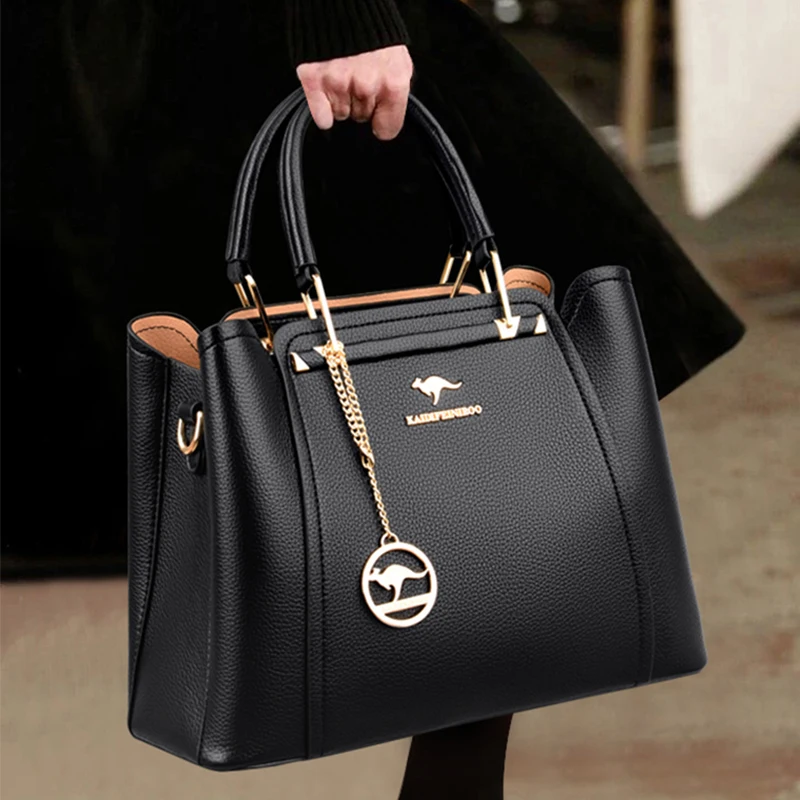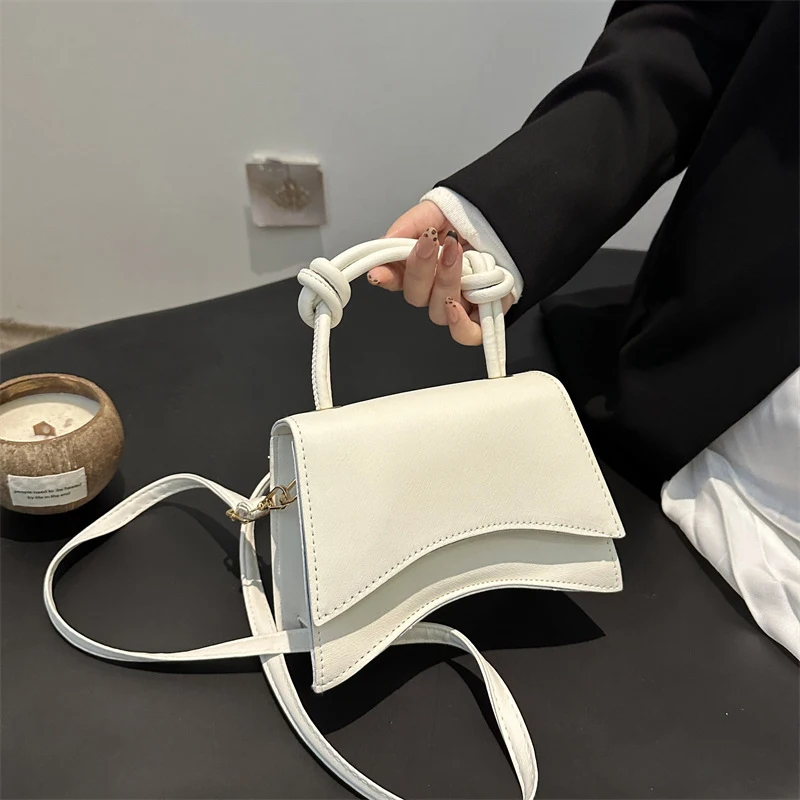Knowing how to store designer handbags properly is essential for protecting your investment. These luxury items cost hundreds or even thousands of dollars. Without proper care, their shape, color, and material can deteriorate over time.
Many women love collecting designer bags from brands like Louis Vuitton, Gucci, Chanel, or Prada. Yet, they often overlook the importance of correct storage. As a result, leather cracks, hardware tarnishes, and fabric fades.
Proper storage prevents these issues. It keeps your handbags looking new, whether you use them daily or save them for special occasions.
Additionally, well-maintained bags hold their value. Some even appreciate if kept in mint condition. This makes learning how to store designer handbags a smart financial move.
Climate, dust, light, and positioning all affect longevity. Therefore, every detail matters. From stuffing to shelf placement, each step plays a role.
Moreover, organized storage makes it easier to enjoy your collection. You can see each bag clearly. No more digging through closets or risking damage.
Ultimately, taking the time to learn how to store designer handbags ensures they remain beautiful and functional for years.
It’s not just about cleanliness. It’s about respect for craftsmanship and value.
 Why Proper Storage Matters for Designer Handbag Longevity
Why Proper Storage Matters for Designer Handbag Longevity
Designer handbags are made with high-quality materials. However, they are not immune to damage. Without proper care, even the finest bags degrade.
Leather loses moisture and cracks. Fabric linings tear or stain. Metal zippers and clasps tarnish when exposed to air.
Therefore, knowing how to store designer handbags correctly prevents avoidable wear. It extends their usable life significantly.
For example, leaving a bag on the floor invites scuffs and dirt. Placing it near a window exposes it to UV rays. Both habits cause lasting harm.
Also, storing a bag while it’s dirty traps oils and residues. These break down fibers over time. Always clean before putting it away.
Furthermore, humidity causes mold. Dryness makes leather brittle. A stable environment is key.
Investing in good storage shows respect for your purchases. It also protects resale value. Pre-owned luxury markets favor well-kept pieces.
As a result, buyers pay more for bags stored with care.
Thus, proper storage isn’t optional. It’s a necessary habit for any serious handbag owner.
And once established, it becomes second nature.
Step-by-Step Guide: How to Prepare Your Handbag for Storage
Before storing, always prepare your designer handbag carefully. First, empty all contents. Remove receipts, makeup, and other items. They can leak or stain.
Next, clean the exterior and interior. Use a soft cloth and brand-recommended cleaner. Wipe down leather, canvas, or suede gently. Avoid soaking the material.
Treat stains immediately. Delaying increases the risk of permanent damage. For stubborn spots, consult a professional service.
After cleaning, let the bag air dry completely. Never use heat. It warps shapes and weakens glue.
Once dry, polish hardware if needed. Gold or silver feet and zippers benefit from gentle buffing. This prevents oxidation.
Then, check for loose threads or weak seams. Repair them early. Small issues grow worse in storage.
Finally, ensure the bag is 100% dry. Any moisture leads to mildew. This ruins both fabric and structure.
Only after these steps should you proceed to long-term storage.
Skipping preparation risks irreversible damage.
Therefore, take your time. Follow each step.
This routine ensures your bag stays in top condition.
 The Right Way to Stuff and Shape Your Designer Handbag
The Right Way to Stuff and Shape Your Designer Handbag
One of the most important steps in learning how to store designer handbags is proper stuffing. An unsupported bag collapses. Its structure deforms permanently.
Use acid-free tissue paper or soft cotton cloths. These materials absorb moisture without scratching surfaces. Avoid newspaper. Ink can transfer onto light-colored linings.
Begin by placing tissue inside the main compartment. Fill it enough to restore natural shape. Do not overstuff. Excess pressure strains seams.
Support smaller pockets too. Gently push tissue into side sections. This prevents inward folding.
For structured bags, maintain upright form. Use rolled cloths to support sides. Keep handles in original position.
Soft or slouchy bags need less support. Light stuffing preserves drape without flattening.
Never use plastic bags or foam. They trap humidity and degrade materials.
Also, avoid leaving heavy items inside. Books or bottles distort shape.
Stuffed bags keep their silhouette. They resist creasing and sagging.
Thus, this simple act makes a big difference.
Always stuff before placing in dust bags or shelves.
It’s a small effort with long-term rewards.
Choosing the Best Location for Storing Designer Handbags
Location plays a major role in how to store designer handbags safely. Not all spaces work equally well.
Ideal areas are cool, dry, and dark. Closets inside bedrooms often meet these conditions. Basements and attics do not.
Avoid direct sunlight. UV rays fade colors and weaken fibers. Even brief exposure adds up over time.
Keep bags away from heaters, vents, or windows. Temperature swings cause materials to expand and contract. This leads to cracking.
Humidity is another enemy. Damp areas encourage mold. Use a dehumidifier if needed.
Dust is unavoidable. But enclosed cabinets reduce buildup. Open shelves expose bags to particles.
Do not stack handbags. One bag pressing on another causes indentations. Store them side by side or on separate shelves.
Floor storage is risky. Accidental kicks, spills, or pet contact happen easily. Elevate them on shelves or in cubbies.
Walk-in closets with built-in organizers are ideal. Some include padded compartments and drawers.
Alternatively, invest in a dedicated handbag cabinet. These units control climate and limit light.
By choosing wisely, you protect your collection from environmental threats.
The right location prevents many common problems.
 Using Dust Bags and Protective Covers Correctly
Using Dust Bags and Protective Covers Correctly
Dust bags are essential for protecting designer handbags. Every luxury brand includes one. Never discard it.
Place the stuffed bag inside the dust bag before storage. This shields it from dust, light, and minor scratches.
Ensure the bag is completely dry first. Trapped moisture inside a dust bag causes mildew.
Use only the original dust bag if possible. Third-party versions may lack breathability. Poor fabric traps heat and dampness.
Do not seal the dust bag shut. Fold the top loosely. This allows airflow while keeping dust out.
Check bags periodically. Open dust bags every few months. Inspect for pests, odors, or changes.
Avoid plastic covers. They look neat but trap humidity. Condensation forms and damages leather.
For extra protection, place silica gel packets nearby. These absorb excess moisture. Replace them every 3–6 months.
Some collectors use breathable cotton garment bags. These offer more structure than dust bags alone.
Remember, dust bags are not permanent seals. They are protective layers.
Used correctly, they extend the life of your handbags significantly.
Organizing Your Collection: Shelves, Drawers, and Display Options
Organization enhances both safety and enjoyment. Knowing how to store designer handbags includes planning layout.
Shelving works well for frequent-use bags. Use padded or lined shelves to prevent slipping. Maintain space between each bag.
Clear acrylic boxes allow visibility while offering protection. These are great for limited-edition or vintage pieces.
Drawer inserts with compartments keep smaller bags upright. Felt-lined trays prevent scratches.
Rotating turntables help in deep closets. They make back-row bags accessible. No more pulling everything forward.
Label shelves or bins. Identify brands, colors, or seasons. This speeds up selection.
Display shelves add style to dressing rooms. However, cover them with glass or doors. Open displays attract dust.
Avoid overcrowding. Tight packing causes friction. Edges rub and wear down.
For large collections, categorize by use. Everyday bags, evening clutches, travel totes—each has its zone.
Rotate seasonal bags. Bring summer straw styles forward in June. Store winter leathers in spring.
A well-organized system makes maintenance easier.
It also reduces handling stress.
And that helps preserve every bag’s condition.
 Seasonal and Long-Term Storage Tips for Off-Season Bags
Seasonal and Long-Term Storage Tips for Off-Season Bags
Many women own multiple designer handbags. Some are worn seasonally. Learning how to store designer handbags during off-months is crucial.
Start with cleaning and conditioning. Summer straw totes may have sunscreen residue. Winter leather bags could carry salt stains. Address these first.
Store seasonal bags deeper in closets. Use vacuum-sealed outer containers only if bags are fully protected inside dust bags. Never compress leather.
For long-term storage, inspect every three months. Rotate shoulder straps. Change stuffing if it compacts.
Avoid cedar chests. Natural oils can transfer to fabric. Scented liners also pose risks.
Climate-controlled storage units work for large collections. These maintain steady temperature and humidity.
If traveling with a bag, never leave it in a car. Heat builds quickly. Leather dries and cracks.
When retrieving a stored bag, air it out first. Let it breathe before use. Check for stiffness or odor.
Recondition leather if needed. Use brand-approved creams.
These habits ensure off-season bags return ready to wear.
They stay fresh, shaped, and damage-free.
Frequently Asked Questions About How to Store Handbags
Should I hang my designer handbags?
No. Hanging distorts straps and alters shape. Always store them upright or lying flat.
Can I use plastic bins for storage?
Only if breathable. Solid plastic traps moisture. Use fabric-covered bins instead.
How often should I clean my handbag before storage?
Every time. Never store a dirty bag. Residue attracts pests and breaks down material.
Do I need to re-stuff bags over time?
Yes. Check every few months. Refill if tissue settles or compresses.
Is it safe to store handbags in garment bags?
Yes, if made of breathable cotton. Avoid vinyl or PVC materials.
Can perfume damage my handbag?
Yes. Spraying near bags leaves stains and accelerates aging. Apply fragrance before handling.
Should I keep receipt and box?
Yes. Original packaging proves authenticity. It also supports resale value.
What if my bag gets musty?
Air it out immediately. Use baking soda in a sock overnight. Never apply liquids directly.
 Final Thoughts: Mastering How to Store Handbags for Lasting Beauty
Final Thoughts: Mastering How to Store Handbags for Lasting Beauty
Learning how to store designer handbags is a vital skill for any luxury owner. These accessories represent significant investments. Proper care ensures they last for years.
From cleaning to stuffing, location to organization, every step matters. Small habits prevent major damage.
Well-stored bags retain their shape, color, and value. They’re ready to use whenever you need them.
More than that, they bring joy. Seeing a pristine collection boosts confidence and pride.
Whether you own one special piece or dozens, the rules are the same. Respect the materials. Follow best practices.
Over time, your efforts pay off. Your handbags stay beautiful. Some even become heirlooms.
Therefore, take storage seriously. Make it part of your routine.
Because in the end, how to store designer handbags isn’t just about protection.
It’s about honoring the artistry, quality, and elegance you’ve chosen to own.
